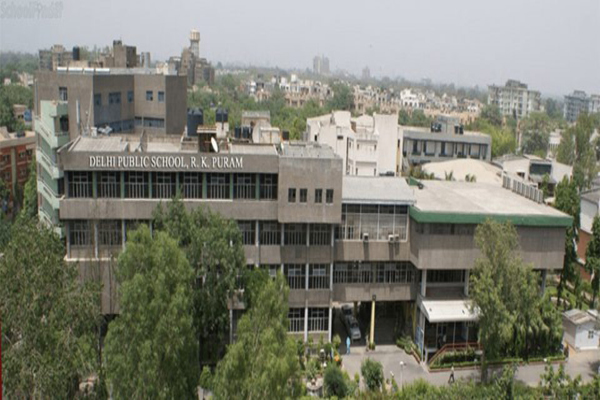Author of an innovative series of books ‘My Learning Train’ for pre-school children, Sonia Relia, sheds light on the salient features of the book in conversation with Ruhi Ahuja Dhingra.
 Please tell us about ‘My Learning Train’.
Please tell us about ‘My Learning Train’.
‘My Learning Train’ is a complete pre-school series comprising six books for LKG and UKG. Each book in this series is supported by a parents’ and teachers’ handbook as well as flashcards and audio-visual aid.
The series is activity-based and each page can be converted into an interesting activity page. This series was created as teachers always want to include activities but when they have to connect the activities with the book, they find missing links. So, we thought of creating a series for children and teachers which could be an activity-based link for the classroom.
We collected a wish list from the teachers through our Teachers’ Participation and Experimentation programme at Oxford University Press India. I have been conducting this programme for the last about five years and we collected a wish list. We just compiled and designed the course as per the wish list and My Learning Train happened. It is a journey and this is just the beginning.
What inspired you to write the book?
My needs as a teacher and as a parent inspired me to create this series. I used to look for aids to help my daughter. And when I was a teacher, I looked for resources. When I became a trainer, my teams told me what they wished was there. The Oxford University Press (OUP) also believes that change is going to happen in pre-schools. That connect made me brave enough to create my first manuscript and hand it over.
How will the interactive resources that you are offering with the series help the teachers?
When there is a digital resource and there is duplication in the books, it matches. And for children to understand the digital resources with a page in the book becomes so much easier. With animation, songs and rhymes, it becomes even more exciting for the child. The dream of this series is to collect lots of smiling teachers and children.
What is your view on the adoption of the digital medium in pre-schools?
Going digital in pre-school is extremely important because it helps in visualisation. It is also very important to balance hands-on learning with it. A little child is developing – he is holding the grip or the ball for the first time. His muscle coordination and emotional development need to be taken care of. The child needs a hug which he cannot get from a machine, and he needs to hold and touch things to learn.
That is why we thought of having something digital in which every digital activity can be easily converted into hands-on activity. That helped us to connect; the digital medium exists, but the child should be able to touch things.
Please tell us more about the book.
The books in My Learning Train provide all necessary tools a teacher would need to aid the all-round development of a child during the pre-school years and successfully bridge the gap between pre-primary and class one.
As mentioned, we have provided a parents’ handbook with each book so that parents can also do a similar work concept at home with the kids. Simple things like socks, cloth lines and turmeric can be used to create activities for children. When you arrange your clothes every day, you can tell the child to separate her/his clothes and her/his father’s. Ask the child to arrange the socks together and you are teaching them pairing. You do not have to go out and buy things; anything that you have at home becomes a very simple teaching tool.
Accompanying the course is a teachers’ manual that we will give to the teachers with all digital support. It has everything that the teacher desires. We have created about 300 activities for parents and about 350 for teachers and given flashcards with envelopes for storage.
We feel that if we empower the teachers and then demand from them, we are being fair. Otherwise, from where do they create? So we decided to create a one-stop solution for teachers. Fortunately, Oxford supported me in my search for innovation and excellence. It is like seeing your baby walk now. We hope that when it goes into the environment, it stands true to the litmus test.
How are the parents, teachers and the kids responding to the book?
My Learning Train has been on its journey for a long time now – about 23 years of my own experimentation and 16 years of activities and training have gone into it. And it took shape in the last five years. We have tested it with 800 children and 20 teachers and their feedback was encouraging. Teachers also say that it is one-stop solution for rhymes, stories, music or outdoor activities.
A teacher once told me that she wanted to do backward counting with Jack climbing down the beanstalk. And so, we have put a page of Jack climbing down the beanstalk! I finished compiling the wish list of 8,000 teachers this year and have been very lucky to have wonderful suggestions. When I was designing the book, I tested it with parents also. There is a school that I handhold and everything was tested there too. The children have responded beautifully.
We need to believe in change and let the little learners develop their skills because the horizon is wider if little children have a good foundation.




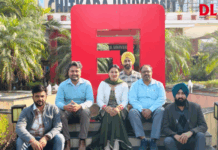




 New Delhi: Despite a robust demand for MBAs, most of the B-schools are fast losing the loyalty from corporate India Inc. during campus recruitment with only 10% of graduates being actually employable, a survey by the Associated Chambers of Commerce and Industry of India (ASSOCHAM) revealed.
New Delhi: Despite a robust demand for MBAs, most of the B-schools are fast losing the loyalty from corporate India Inc. during campus recruitment with only 10% of graduates being actually employable, a survey by the Associated Chambers of Commerce and Industry of India (ASSOCHAM) revealed.
 Mumbai: Payment services major Western Union’s subsidiary, Western Union Business Solutions (WUBS), has launched a new service that will allow universities and higher education institutions around the world to accept tuition payments in Indian Rupee.
Mumbai: Payment services major Western Union’s subsidiary, Western Union Business Solutions (WUBS), has launched a new service that will allow universities and higher education institutions around the world to accept tuition payments in Indian Rupee.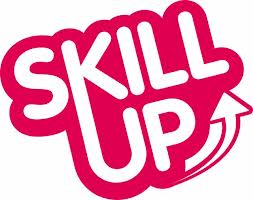
 New Delhi: The Government will set up 200 community colleges on pilot basis in existing colleges and polytechnics from the current academic session, Human Resources Development Minister MM Pallam Raju said.
New Delhi: The Government will set up 200 community colleges on pilot basis in existing colleges and polytechnics from the current academic session, Human Resources Development Minister MM Pallam Raju said.
 Punjab Skill Training for Employment Potential
Punjab Skill Training for Employment Potential The companies that have done placement drives in colleges include Aditya Birla-Retail, Future Group (Big Bazaar), Tech Mahindra Pvt Ltd, HCL, Vardhman Pvt Ltd, Angel Broking Pvt Ltd, Tata Teleservices Pvt Ltd, Competent Synergies, Spanco, Onus Research Services Pvt Ltd, SBI-Life Insurance, Maruti Suzuki India Ltd, Eureka Forbes, Spice BPO, IBM, Matrix Solutions, New Delhi and Universal Solutions, and Kochhar Infotech.
The companies that have done placement drives in colleges include Aditya Birla-Retail, Future Group (Big Bazaar), Tech Mahindra Pvt Ltd, HCL, Vardhman Pvt Ltd, Angel Broking Pvt Ltd, Tata Teleservices Pvt Ltd, Competent Synergies, Spanco, Onus Research Services Pvt Ltd, SBI-Life Insurance, Maruti Suzuki India Ltd, Eureka Forbes, Spice BPO, IBM, Matrix Solutions, New Delhi and Universal Solutions, and Kochhar Infotech.

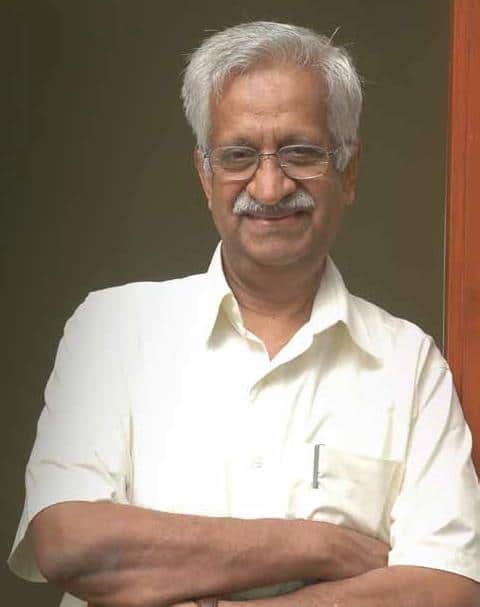

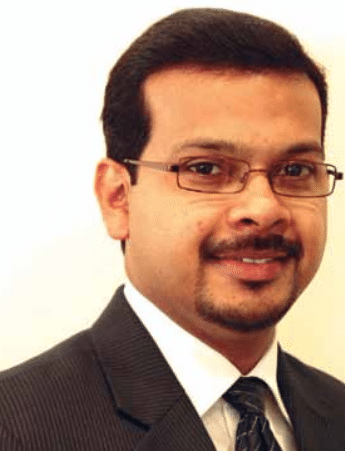 Binoj vasu, GEVP and Chief Learning Officer, Human Capital Management, YES Bank Ltd
Binoj vasu, GEVP and Chief Learning Officer, Human Capital Management, YES Bank Ltd
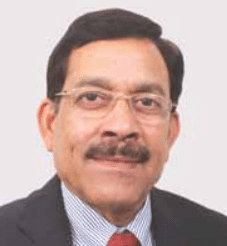 SY Siddiqui, National President, The National Human Resources Development Network (NHRDN) and COO-Administration (HR, Finance, IT & COSL), Maruti Suzuki India Ltd
SY Siddiqui, National President, The National Human Resources Development Network (NHRDN) and COO-Administration (HR, Finance, IT & COSL), Maruti Suzuki India Ltd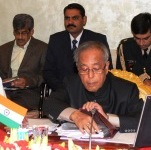
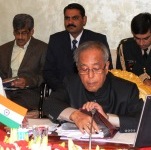 New Delhi: India is witnessing a decline in standards in the quality of higher education and there is need to reverse this trend, President Pranab Mukherjee said here on Tuesday.
New Delhi: India is witnessing a decline in standards in the quality of higher education and there is need to reverse this trend, President Pranab Mukherjee said here on Tuesday.









